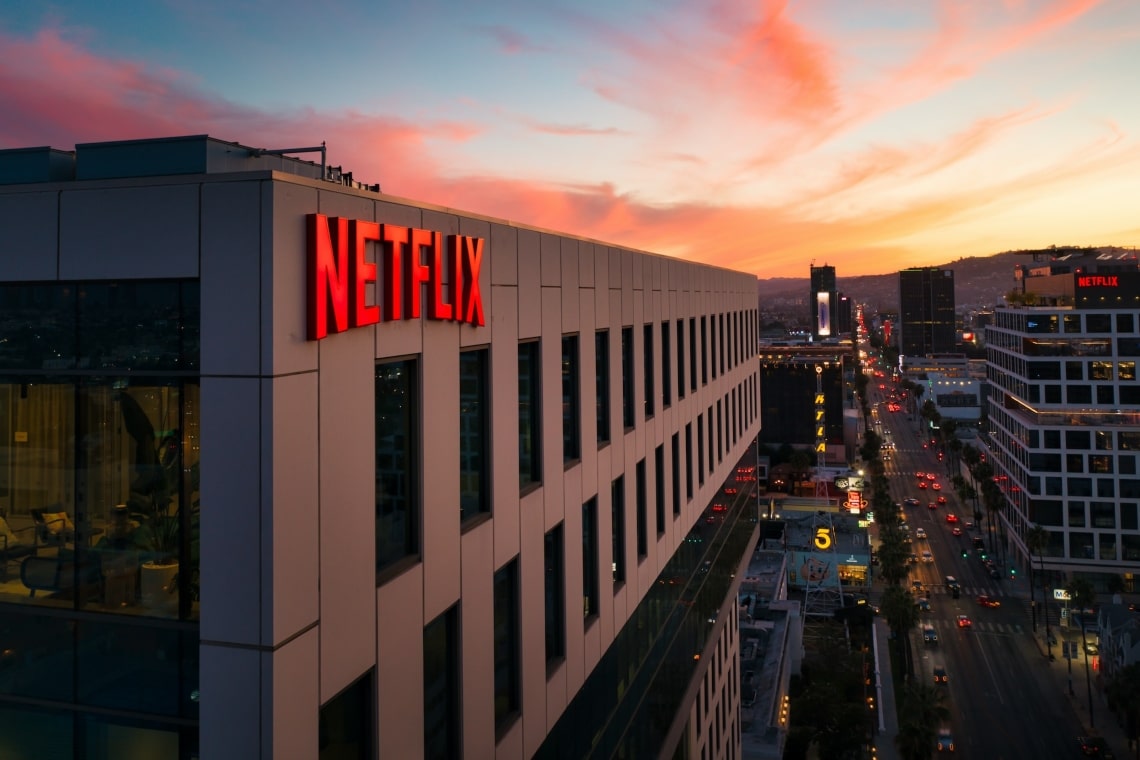Summary
The analysis by Swissquote
Netflix added nearly 7.7 million new subscribers last quarter, compared to only about 4.5 million expected by the market. Harry and Meghan, amid other popular shows in the fourth quarter, clearly performed well. The share price increased by nearly 10% in after hours trading.
Why not more? Because earnings per share largely missed estimates due to a loss related to euro-denominated debt as the euro rose 10% from October to the end of the year. But the company’s profit margin still exceeded analysts’ expectations.
The results were a relief for Netflix, which was trading down more than 3% at yesterday’s close.
We will probably see the recovery extend to $350 per share (the levels traded before last year’s second big crash in April) although those before last January’s crash, around $500 per share, seem like a distant dream. Especially considering that the stock rally at the beginning of the year is set to fade slowly.
The S&P500 has been trading to the downside for the third consecutive day, having failed to break through a very critical resistance zone above the 4,000 level, where the 200 moving average and the 2022 bearish trend line have prevented investors from extending the rally into a new bullish movement without any major motivation either at the corporate or macro level.
In this sense, P&G has not been as lucky as Netflix. Sales fell 6% in the fourth quarter after raising prices by 10%. Price increases for P&G products may have reached a tipping point where customers are no longer willing to pay.
The Fed, rates and inflation
The Federal Reserve (Fed) does not appear to be backing down on raising rates – despite easing inflation and business activity – and its officials continue to repeat that rates will rise and remain high for a long time.
Major banks and institutions agree that the United States is facing a mild recession. Meanwhile, US employment figures continue to look solid enough to justify further rate hikes by the Fed.
Yesterday, US claims for unemployment benefits fell below 200,000 for the first time since last September, mitigating the news that Microsoft and Amazon together cut 28,000 jobs. Where these people end up is a real mystery….
And if all that were not enough, yesterday the United States reached the debt ceiling, thus beginning to use special measures to avoid a payment default.
The US Treasury Department is changing investments in two government-run funds for retirees, a move that will free up enough money to allow the US government to pay its expenses through June. Then we will see. For now, there are no signs of agreement between Republicans and the Biden administration. Biden does not want to cut spending.
In the currency sector, the Dollar Index remains under pressure. The dollar-yen is well set despite data showing that inflation in Japan hit 4% in December, as expected. The EUR/USD remains below the 1.08 level, while the Cable continues to flirt with the 1.24 level. The EUR/GBP fell to the 50 and 100-DMA levels following a surprisingly stronger pound this week.
The pound’s strength is the result of near-record wage growth and inflation above 10%. But if you ask Mr. Bailey, two months of slowing inflation is “the beginning of a signal that the corner has been turned.
It is clearly overly optimistic when you think inflation in Britain is still above 10%. Even worse, Bloomberg’s English Breakfast index is on average 20% higher than last year, as tea bags cost 10% more, butter and eggs are 30% more expensive, while milk prices have risen by 50%!
Either Mr. Bailey does not eat breakfast like the average British citizen, or his salary simply does not equal the average Englishman’s salary… However, the Bank of England (BoE) is expected to raise interest rates by 50 basis points at its next policy meeting, and that expectation is supporting the pound.
In the Eurozone, Christine Lagarde seems much more down-to-earth. She accepts that inflation around 9% is still “too high” for Europe and that the European Central Bank (ECB) should continue to fight it with further rate hikes. A view also shared by Thomas Jordan of the Swiss National Bank (SNB).
Further hikes are probably necessary in Switzerland, he said, even though inflation is relatively low at 2.8%. A more restrictive SNB policy, combined with the inflation gap between Switzerland and the United States, would support further downward movement of the dollar-franc to 0.90.



